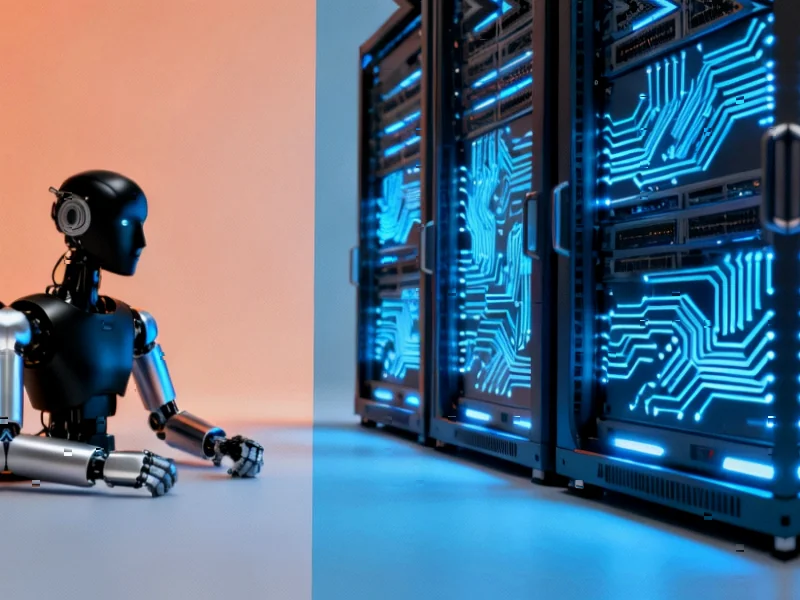According to Phys.org, Penn State Professor of Mathematics Leonid Berlyand and graduate student Oleksii Krupchytskyi are applying mathematical principles to demystify deep learning’s “black box” problem. Deep learning, which powers ChatGPT’s 700 million weekly users and Nobel Prize-winning protein structure research, uses artificial neural networks with hundreds of layers and trillions of parameters. These systems learn automatically from data without explicit programming, making them powerful but opaque. The researchers argue that mathematical understanding is crucial for improving AI reliability and performance, comparing current AI development to race car drivers who don’t understand engine mechanics.
The black box problem isn’t going anywhere
Here’s the thing about deep learning: we’ve built systems that can do amazing things, but we often can’t explain exactly how they’re doing them. It’s like having a genius employee who solves complex problems but can’t show their work. This isn’t just an academic concern—when AI systems make medical diagnoses or drive cars, we really should understand why they’re making specific decisions.
Krupchytskyi points out that deep learning models can have “millions and trillions of parameters.” Let that sink in. We’re talking about systems so complex that even their creators can’t trace every connection. And we’re deploying these everywhere from healthcare to autonomous vehicles. Doesn’t that make you at least a little nervous?
Math to the rescue, but is it enough?
Berlyand makes a compelling analogy: you can be a race car driver without understanding the engine, but you can’t improve the car. Similarly, computer scientists have been building faster AI “cars” while mathematicians want to understand the engine. They’re bringing centuries of mathematical theory to a field that’s been largely driven by empirical results and trial-and-error.
But here’s my question: can mathematics really keep up with AI’s breakneck pace? Deep learning has advanced largely through engineering breakthroughs and massive computing power, not theoretical understanding. We’re trying to apply rigorous mathematical frameworks to systems that are evolving faster than we can analyze them. It’s like trying to map a river while you’re swimming in it.
Why stability matters more than you think
One of the key benefits the mathematicians highlight is improving AI stability. This isn’t just about making models more accurate—it’s about making them predictable and reliable. Think about it: if you change one pixel in an image, should that completely change an AI’s classification from “cat” to “car”? Apparently, this happens more often than you’d think with current systems.
The researchers want to apply mathematical tools to understand when training algorithms have actually converged and when systems are robust against small changes. Basically, they’re trying to prevent those weird edge cases where AI systems fail in unexpected ways. And given how integrated AI is becoming in critical systems, this work can’t happen soon enough.
Where this could actually matter
Beyond the theoretical benefits, mathematical understanding could have real practical impacts. It could help researchers choose the right network architectures for specific problems, determine optimal training times, and create more interpretable systems. In fields like medicine or finance, where decisions need to be explainable, this could be the difference between AI adoption and rejection.
But let’s be real—this is going to be a long haul. The black box problem has persisted through multiple AI winters and breakthroughs. Still, having mathematicians seriously engage with deep learning represents progress. They’re not just complaining about the opacity—they’re rolling up their sleeves and trying to build better foundations. And honestly, given how much we’re betting on AI these days, we need all the help we can get.




